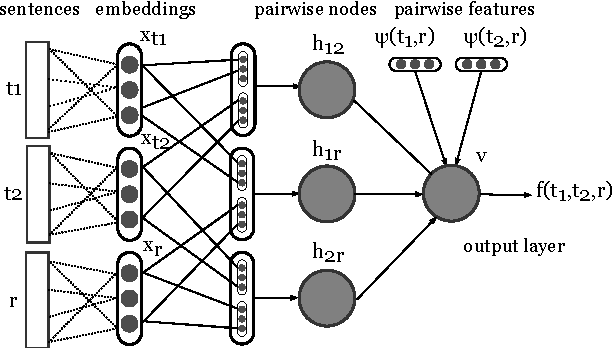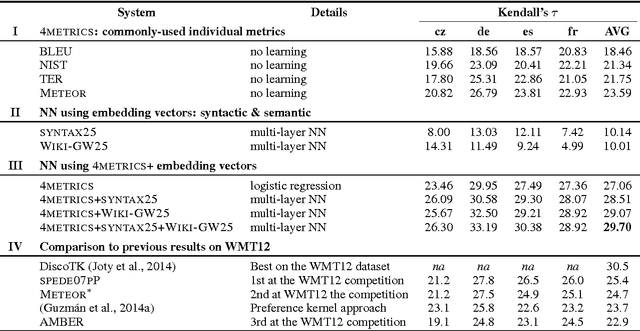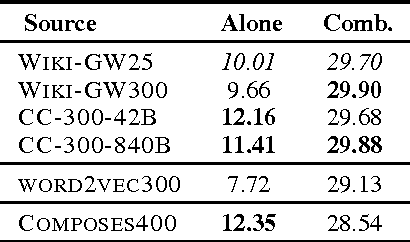Pairwise Neural Machine Translation Evaluation
Paper and Code
Dec 05, 2019



We present a novel framework for machine translation evaluation using neural networks in a pairwise setting, where the goal is to select the better translation from a pair of hypotheses, given the reference translation. In this framework, lexical, syntactic and semantic information from the reference and the two hypotheses is compacted into relatively small distributed vector representations, and fed into a multi-layer neural network that models the interaction between each of the hypotheses and the reference, as well as between the two hypotheses. These compact representations are in turn based on word and sentence embeddings, which are learned using neural networks. The framework is flexible, allows for efficient learning and classification, and yields correlation with humans that rivals the state of the art.
 Add to Chrome
Add to Chrome Add to Firefox
Add to Firefox Add to Edge
Add to Edge